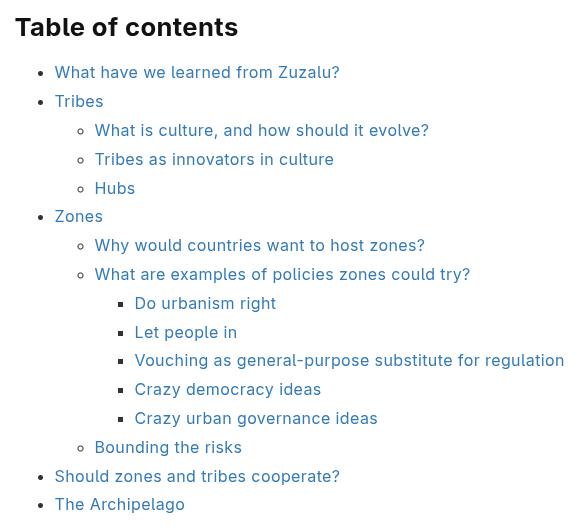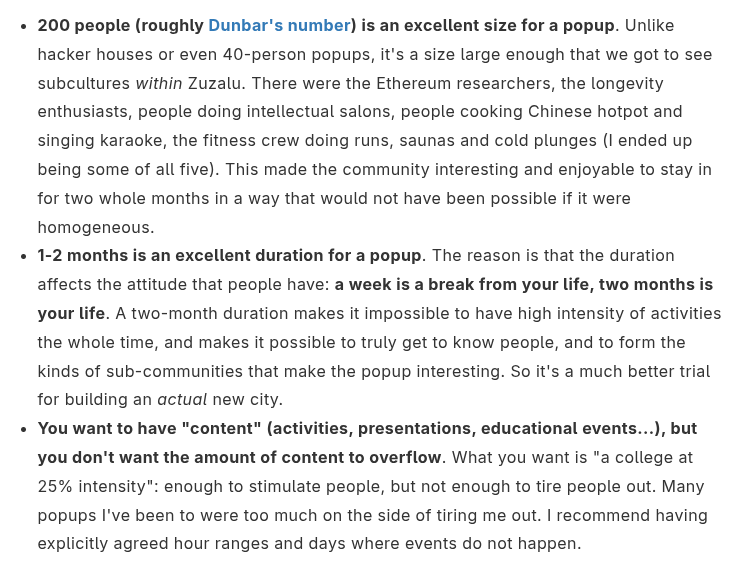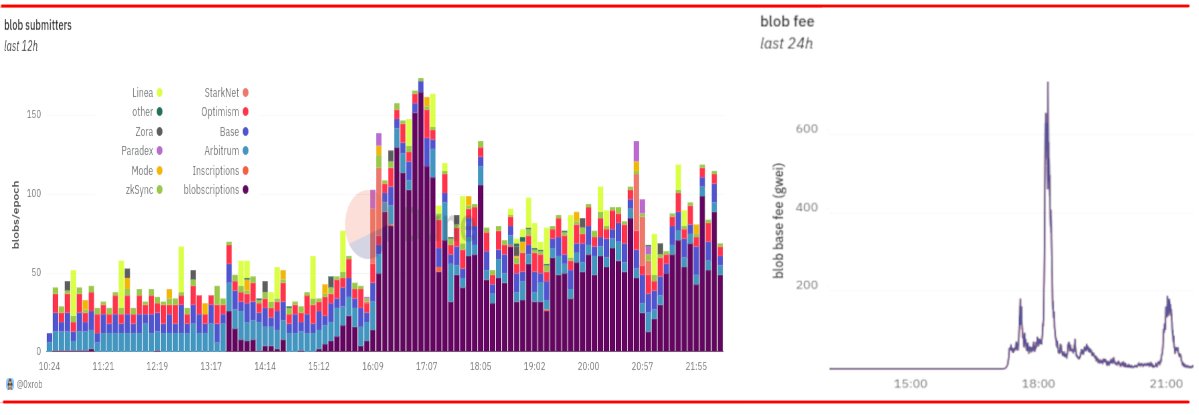I take this seriously. Starting next year, I plan to only publicly mention (in blogs, talks, etc) L2s that are stage 1+, with *maybe a short grace period* for new genuinely interesting projects.
It doesn't matter if I invested, or if you're my friend; stage 1 or bust.
Multiple ZK-rollup teams have told me they're on track to be stage 1 by year end. I'm excited to see that happen!
Of course we should not throw away training wheels become we're actually confident that the proof systems are secure; that would be irresponsible. But stage 1 (75% threshold on council to override the proof system, 26%+ of council must be outside the rollup team) is a very reasonable moderate milestone. The multisigs I'm in have not had a single liveness failure in years, let alone 26%.
The era of rollups being glorified multisigs is coming to an end. The era of cryptographic trust is upon us.
It doesn't matter if I invested, or if you're my friend; stage 1 or bust.
Multiple ZK-rollup teams have told me they're on track to be stage 1 by year end. I'm excited to see that happen!
Of course we should not throw away training wheels become we're actually confident that the proof systems are secure; that would be irresponsible. But stage 1 (75% threshold on council to override the proof system, 26%+ of council must be outside the rollup team) is a very reasonable moderate milestone. The multisigs I'm in have not had a single liveness failure in years, let alone 26%.
The era of rollups being glorified multisigs is coming to an end. The era of cryptographic trust is upon us.

• • •
Missing some Tweet in this thread? You can try to
force a refresh





















